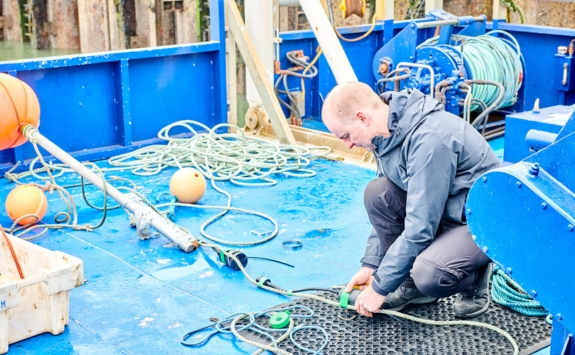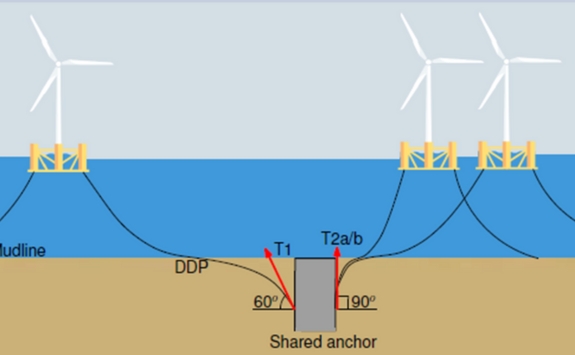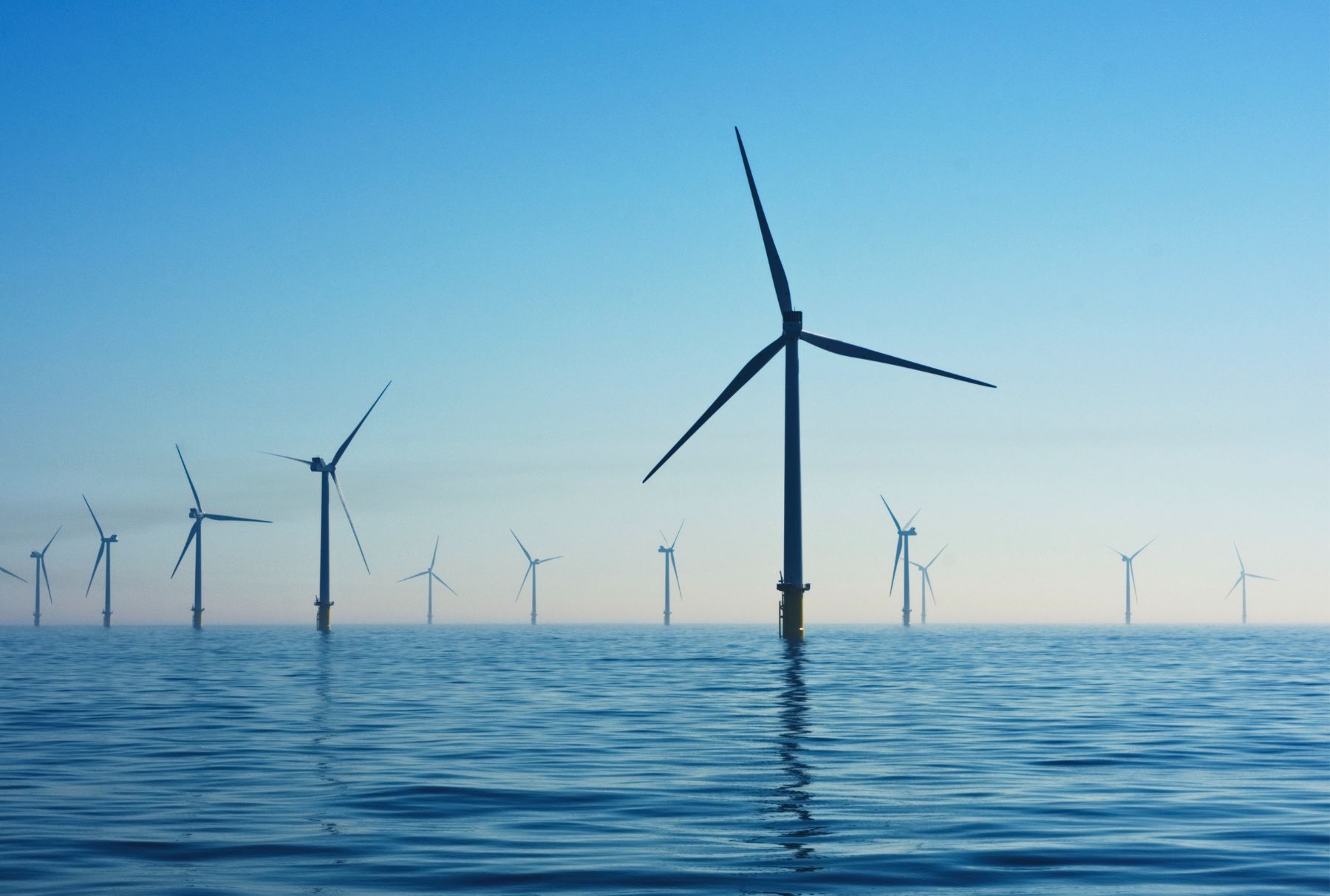Offshore wind research
We undertake a wide range of research relating to the offshore wind sector. Explore some of our current projects and opportunities to collaborate.
Applied biomimetics marine hydrodynamics
The ABM Hydro group works with industry partners through research and consultancy. The team's focus is innovation in:
- marine energy
- ship design
- offshore infrastructure
The group's expertise includes:
- High-fidelity computational fluid dynamics: optimising the performance of turbines, platforms, and ships by ensuring superior hydrodynamic efficiency and operational resilience.
- Hydrodynamics and structural assessment for offshore renewable energy: advancing offshore wind, wave, and tidal energy systems by integrating hydrodynamic performance evaluation with structural integrity analysis.
- Novel turbine design, analysis and testing: developing next-generation turbines for marine and offshore applications, focusing on efficiency improvements, cavitation mitigation, and real-world performance testing.
- Extreme and fatigue load analysis: in-depth assessments of structures and components under harsh environmental conditions to enhance safety, longevity, and reliability in offshore and marine engineering.
- Low-energy autonomous marine vehicles for offshore wind survey and monitoring: development of highly efficient, autonomous platforms to support offshore wind farm inspection, environmental monitoring, and long-duration data collection with minimal energy consumption.
Digital twins
Creating virtual representations of offshore systems can support the development and maintenance of an offshore wind farm. Two examples of our research are:
Artificial intelligence for better design and safer installation
We're working to integrate an aero-hydro-structure-servo numerical tool with a physics informed neural network (PINN).
By combining DARwind with the PINN, we expect to achiever real-time monitoring of blades, tower structures, scour, the mooring system and more.
This could improve wind farm design, support safer installations and significantly reduce the cost of offshore wind farm monitoring.
Improving cathodic protection
In Singapore, we're applying digital twinning to cathodic protection.
This intersection of Industrial Internet of Things, digital twins, and machine learning can significantly enhance cathodic protection systems’ intelligence, efficiency, and reliability by anticipating and addressing potential challenges, leading to substantial productivity improvements across diverse industries.
Sealab: sensors, electromagnetics and acoustics
Part of our School of Engineering, the sensors, electronics and acoustics laboratory (SeaLab) is working on several projects relevant to the offshore wind sector:
- Smartdust for large scale underwater wireless sensing. Low cost, low power underwater communication and sensor devices.
- Novel low-cost methods for real-time marine mammal monitoring.
- Acoustic detection of vessel traffic.
- NetTag - low cost transponder for gear retrieval.
For more information about SeaLab, please contact Prof Jeff Neasham: jeff.neasham@newcastle.ac.uk.

Offshore geotechnics
The ongoing development of floating offshore wind requires innovations to reduce development costs.
Dr Mo Rouainia in the School of Engineering is modelling mooring line loads on shared anchors. By using finite element analysis, advanced models can be developed to optimise anchor design and reduce cost.

Hydrogen
Ocean refuel
Ocean Refuel is a £10M project exploring the offshore power-to-gas concept. Six universities are investigating the potential of harnessing offshore wind and marine renewable energy to produce zero carbon hydrogen and ammonia fuels.
The project combines research into floating offshore structures, hydrogen production, hydrogen storage and life cycle analysis.
Focus is on integration of energy vector generation with offshore wind energy through assessing alternative technologies and their suitability for offshore deployment including techno‐economic assessments of potential solutions and experimental validation of key integration concepts.
Global Hydrogen Production Technologies Center
The Global Hydrogen Production Technologies (HyPT) Center establishes an international partnership of six countries – US, Australia, Canada, UK, Egypt, and Germany – to develop a pathway to low-cost large-scale net-zero hydrogen production.
The project is working across:
- methane pyrolysis
- electrolysis
- photocatalysis
- water
- economics, policy and markets
Our goal is to develop hydrogen production techniques that can achieve a cost of $1/kg and scalable to gigatons of production each year.
Subsea power cable dynamics
Industry and academia are working together to provide new insights into the hydrodynamic responses of power cables in a complex ocean environment.
The work aims to:
- characterise wave-current-turbulence-induced dynamic forces.
- estimate vortex-induced vibration (VIV) impact on cable dynamics.
- assess fatigue loading and damage.
The project's work packages are:
- Numerical model of wave-current-turbulence.
- Physical VIV model tests in FloWave.
- Data analysis of power cable dynamics.
- Developing numerical prediction tools on VIV.
Contact Dr Narakom Srinil for more information.
Other related research
There is a wide range of further research that is, or could be, relevant to the offshore wind sector including:
- offshore structural monitoring
- fluid dynamics including wind turbine flow control
- conceptual design of a 20MW wind turbine generator
- wave energy and low speed energy conversion
- renewable energy materials
For more information, contact us and we will connect you with the right team.
